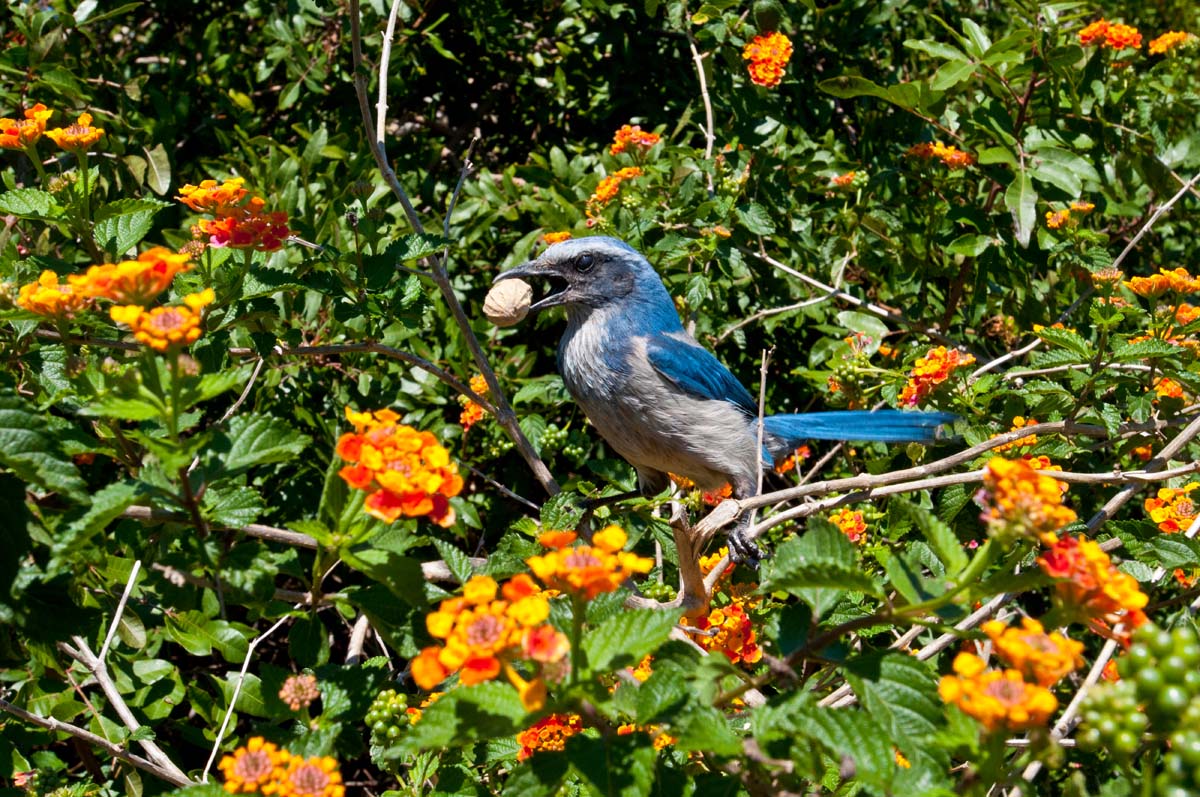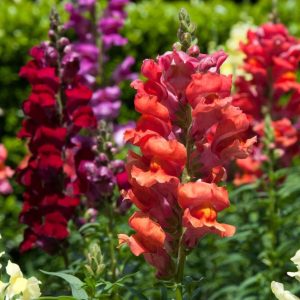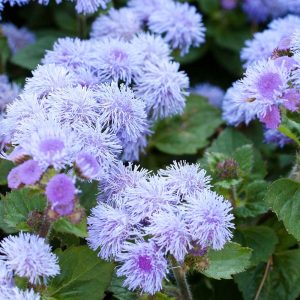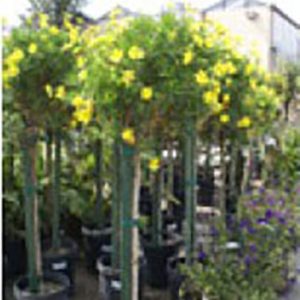Description
Lantana – Shrub Verbena –
There are about 150 species of shrubs and perennials in this genus. They occur from tropical North, Central and South America, and South Africa, usually occurring in pine woodland and on disturbed ground. They are grown for their small, 5 lobed, trumpet shaped flowers, grouped tightly into rounded, flattened, or domed, terminal head with the youngest flower in the centers with the older flowers on the outside and they change colors. They produce coarse surfaced, oval leaves, that are closely veined, simple, and toothed, often wrinkled, held in opposite pairs or in whorls of 3. Where not hardy grow as an annual or in summer bedding. All parts may cause severe discomfort if ingested, and contact with foliage may irritate skin.
Grow in light, fertile, moist, but well drained soil in full sun. Somewhat tolerable to salt laden winds.
Prone to whiteflies, spider mites, rust, virus diseases, root knot nematode, stem rot, and leaf spot.
L. ‘Tangerine’ – This low spreading, often prickly stemmed shrub grows 3-6′ feet tall and wide. It is probably a cultivar of L. camara, with ovate to ovate-oblong, finely wrinkled, slightly toothed, deep green leaves, 2-4″ long. From late spring to late autumn it bears orange flower heads, 1-2″ across.
Zones 9-15





